Inheritance is meant differently. You already define consumes an enumeration in the abstract class. Now in the inheriting ones you do not override this attribute but just assign fixed values. Plus you use a wrong notation in that case. It would be rather consumes: Energytype = electrical energy (etc.). This type anyway is superfluous since you would have it in the class type itself. A concrete electric car is of the type you want. So that enumeration would contain the possible concrete class types (if needed at all). Now you should rather concentrate on what the different car types are. The only common thing is probably the chassis which will be defined in the abstract car.
N.B. thinking this way of cars is what the dinosaurs actually do and which is why they have so much trouble. E-cars are much more different than classic cars. Basically you need to go back to the seats for humans inside for the abstract car.
Amendment

could be a way to express a car (there are lots and lots of ways to show variants and it takes weeks and months to get to something appropriate for cars). You see that the abstract car (written in italics) has no attributes but just associations with role names. Some to abstract classes and one to a concrete class (note that this is just something meant as example). The abstract classes just have associations and contain attributes which are agreed to be common to that thing.
Now if you're building some concrete car configuration you will only have concrete classes:

The MySuperNewCar has an electric drive with 4 wheels and 2 leather seats. I repeated the abstract classes in this diagram. But that's not needed (since you probably would already guess so).
So, thats one way to describe a car. There are much more ways which need long discussions. In any way you should get a consultant aboard who's talking UML fluently (in other words who's good at modeling things).


